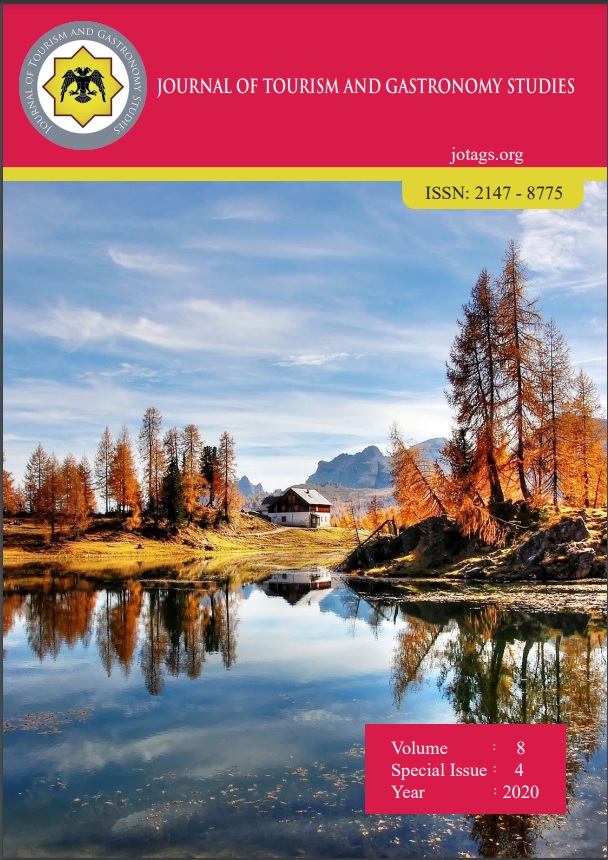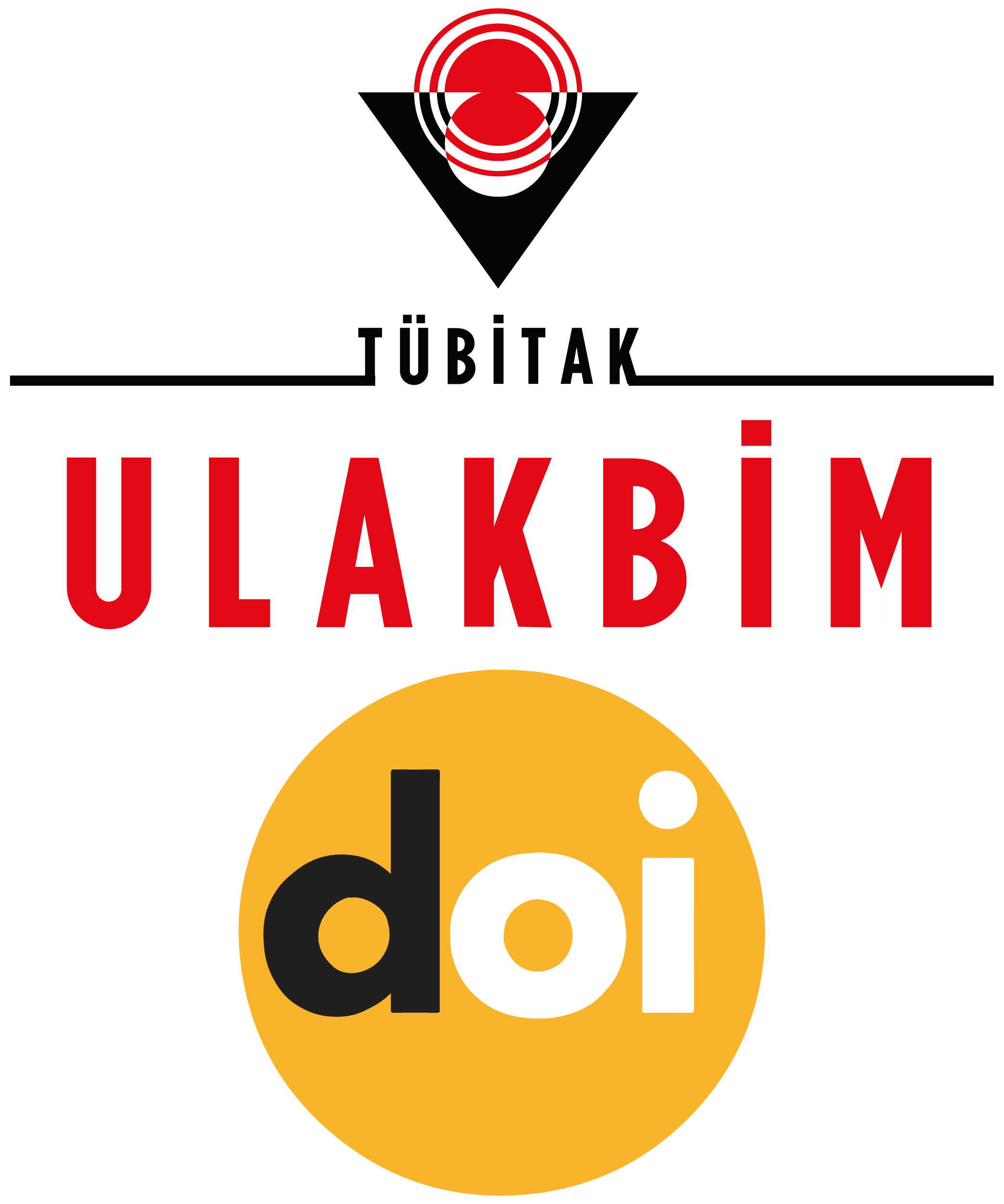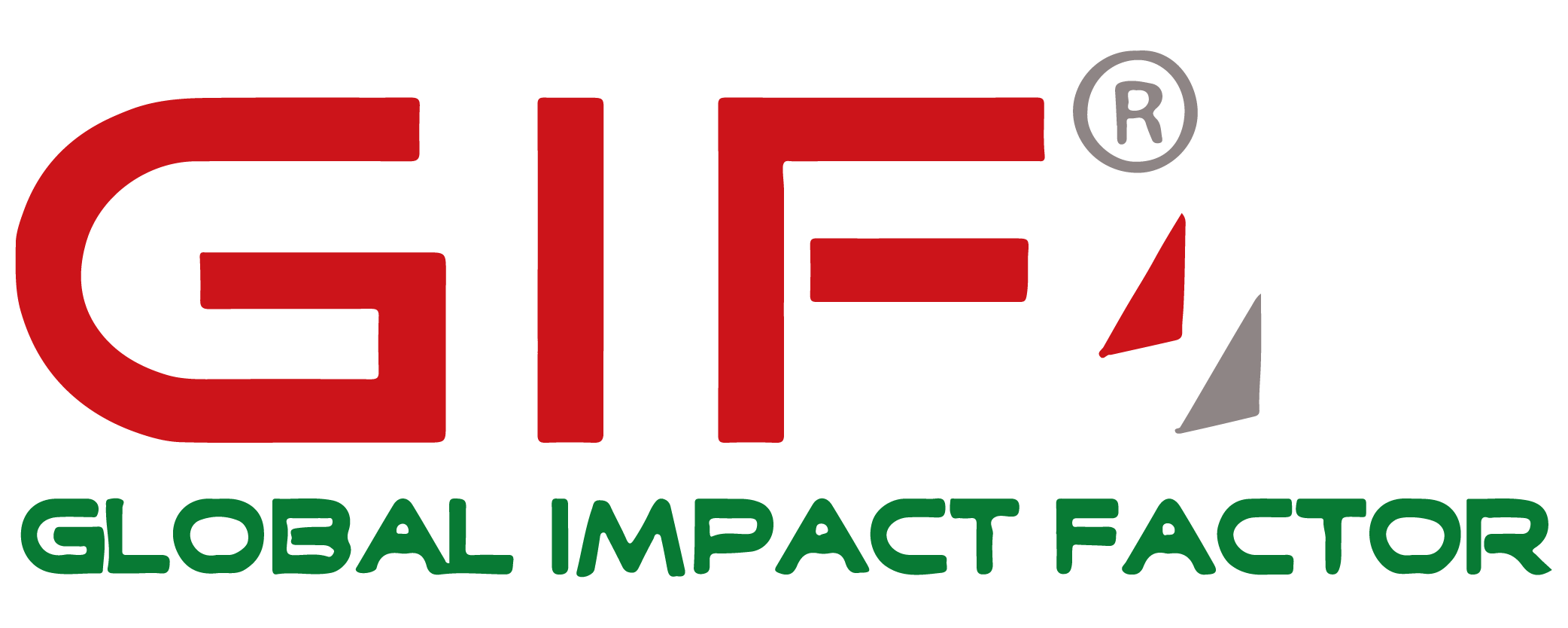Gastronomi Turizmi Kapsamında Yöresel Ürünlerden Turistik Ürün Olarak Yararlanılması: Konya Örneği (Use of Local Products as a Touristic Product in the Scope of Gastronomy Tourism: The Example of Konya)
DOI:
https://doi.org/10.21325/jotags.2020.702Keywords:
Gastronomy tourism, Touristic product, Local productsAbstract
Gastronomic tourism is a form of tourism increases by the day between the importance of tourism all over the world and Turkey. Gastronomy expresses the rich and different culinary tradition that contains local features and that is shaped according to the city's geographical, historical and climate features. Sizing has an important place and awareness-raising marketing is unique because it is region-specific. Local products in Anatolia are attractive elements of gastronomy tourism. The intervals that tourists go to become the most important products. Konya has an important potential for gastronomy tourism with its local products. However, to evaluate this potential requires serious marketing efforts. As a result of this increasing importance to local products in gastronomy tourism, this success brought along the question of how it can be offered as successful tourist products. Moving from this point, on this subject; It is aimed to investigate and reveal how to use local products as a tourist product in gastronomy tourism. This will be aimed; It is necessary for a qualitative research in Konya province. This is research for Konya tourism practices; The necessary way to determine your needs has been determined.
References
Aksoy, M., Akbulut, A. B., & İflazoğlu, N. (2016). Mevlevilikte mutfak kültürü ve Ateşbaz-ı Veli makamı (Culinary Culture and Atesbaz. Journal of Tourism and Gastronomy Studies, 96, 103.
Büyükşalvarcı, A., Şapcılar, M. C., & Yılmaz, G. (2016). Yöresel yemeklerin turizm işletmelerinde kullanılma durumu: Konya örneği. Journal of Tourism and Gastronomy Studies, 165, 181.
Ersun, N., & Arslan, K. (2011). Turizmde destinasyon seçimini etkileyen temel unsurlar ve pazarlama stratejileri. Marmara Üniversitesi İktisadi ve İdari Bilimler Dergisi, 31(2), 229-248.
Ertaş, M., Solak, B. B., & Kılınç, C. Ç. (2017). Konya’da mevlevi mutfağı yiyeceklerinin gastronomi turizminde canlandırılması. Gazi Üniversitesi Turizm Fakültesi Dergisi, (1), 52-70.
Kılıçhan, R., & Köşker, H. (2015). Destinasyon markalaşmasında gastronominin önemi: Van kahvaltısı örneği. The Journal of Tourism and Gastronomy Studies, 102, 115.
Mason, M. (2010). “Sample size and saturation in phd studies using qualitative ınterviews”, Forum: Qualitative Social Research, 11(3): 1-19.
Richards, G. (2002). Gastronomy: an essential ingredient n tourism production and consumption. Tourism and Gastronomy,11, 2-20.
Tapur, T. (2009). Konya ilinde kültür ve inanç turizmi. Journal of International Social Research, 2 (9).
Ulusan, Y., & Batman, O. (2010). Alternatif turizm çeşitlerinin konya turizmine etkisi üzerine bir araştırma. Selçuk Üniversitesi Sosyal Bilimler Enstitüsü Dergisi, (23), 243-260.
Yılmaz, E. M., & Ulusoy, M. (2018). Konya ilinde kültür turizmi: İnce Minareli Medrese ve Karatay Medresesi karşılaştırmalı analizi. Sosyal ve Beşeri Bilimler Dergisi, 10(2), 42-52.
Hjalager, A. M., & Richards, G. (Eds.). (2003). Tourism and Gastronomy (Vol. 11). Routledge.
Odabaşı, S.A. (2001). Konya Mutfak Kültürü. Konya Ticaret Odası Kültür ve Eğitim Yayınları No 26, Birinci basım, ISBN: 075-512-5566.
Yıldırım, A. ve Şimşek, H. (2013). Sosyal bilimlerde nitel araştırma yöntemleri. 9. Baskı, Ankara: Seçkin Yayıncılık.
Yun, D.,Hennessey, S. M., & Macdonald, R. (2011). Understandingculinarytourists: Segmentationsbased on Pastculinary experiences and attitudes toward food-Relatedbehaviour. International Chrıe Conferencerefereedtrack. Paper15., University Of Massachusetts – Amherst, Usa.
İnternet Kaynakları
Halıcı, N. (Aralık, 2017). Tandır Değil, Furun Kebabı. Konyalife Dergisi, 60. http://konyalife.com.tr/haber/tandir-degil-furun-kebabi-2.html. Erişim Tarihi: 21.01.2020.
KİKTM (2020). Konya İl Kültür ve Turizm Müdürlüğü, Turizm, Turizm İstatistiği, Erişim Tarihi: 15.01.2020, Erişim Adresi: https://konyakultur.gov.tr/index.php?route=pages/pages&page_id=24
KİHK (2020). Konya İl Halk Kütüphanesi, http://konya.kutuphane.gov.tr/TR-144009/yemek-kulturu.html. Erişim Tarihi: 21.01.2020.
KİKTMa (2020). Konya İl Kültür ve Turizm Müdürlüğü, Konya Mutfağı, https://konyakultur.gov.tr/index.php?route=modules/items&item_id=9. Erişim Tarihi: 21.01.2020.
KİKTMb (2020). Konya İl Kültür ve Turizm Müdürlüğü, Etkinlikler Takvimi,
https://konyakultur.gov.tr/etkinlikler. Erişim Tarihi: 21.01.2020.
KTO. (2008). Konya Ticaret Odası, Turizm Sektörü Raporu. Sektörel Çalışma 07.
www.kto.org.tr. Erişim Tarihi: 23.01.2020.
KTB, (2007). Kültür ve Turizm Bakanlığı, Türkiye Turizm Stratejisi (2023), Ankara. https://www.kuzka.gov.tr/dosya/turizm_stratejisi_2023.pdf. Erişim Tarihi: 19.01.2020.
KTB, (2019). Kültür ve Turizm Bakanlığı, Tanıtma ve Genel Müdürlüğü.
https://tanitma.ktb.gov.tr/TR-92073/konya.html. Erişim Tarihi: 19.01.2020.
NEÜ, (2019). Necmettin Erbakan Üniversitesi, Akademik. Erişim Tarihi: 19.01.2020.
https://www.erbakan.edu.tr/turizm
SÜ, (2019). Selçuk Üniversitesi, Akademik. Erişim Tarihi: 19.01.2020.
Downloads
Published
How to Cite
Issue
Section
License
Copyright (c) 2023 Journal of Tourism & Gastronomy Studies

This work is licensed under a Creative Commons Attribution-NonCommercial 4.0 International License.








